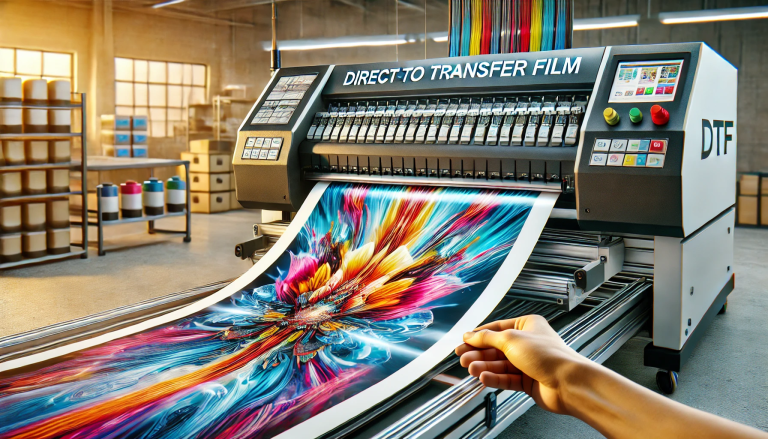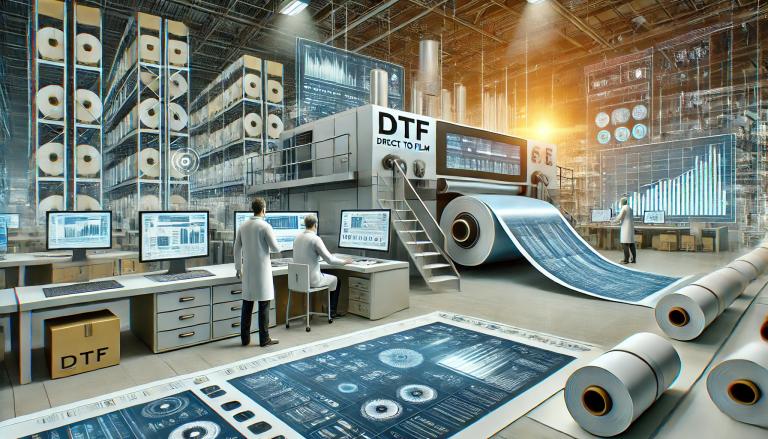“The Perfect Choice for All Your Pet Needs – DTF PET Paper!” -MAXDTF- impressora DTF transfer Supplier, DTF A3 Manufacturer, Made in china
The field of medical imaging has seen significant advancements with the development of innovative techniques that enhance diagnostic accuracy and patient care. Among these, Direct-to-Film (DTF) Positron Emission Tomography (PET) imaging has emerged as a promising technology, offering high-quality images and improved efficiency in clinical settings. This article delves into the key aspects of DTF PET, its technological advancements, applications, and the research papers that have contributed to its understanding.
Understanding DTF PET
What is DTF PET?
DTF PET is a cutting-edge imaging technique that combines the principles of PET imaging with direct film printing technology. Traditional PET imaging involves the use of a gamma camera to detect gamma rays emitted by a positron-emitting radiotracer injected into the patient’s body. The data collected is then processed to generate 3D images of the body’s internal structures.
DTF PET, on the other hand, directly transfers the PET image data onto a film medium, bypassing the need for complex digital processing and storage systems. This method not only simplifies the imaging process but also enhances the quality and clarity of the images produced.
Key Advantages of DTF PET
- Improved Image Quality: The direct transfer of image data onto a film medium results in sharper and more detailed images, which can improve diagnostic accuracy.
- Efficient Workflow: By eliminating the need for digital processing and storage, DTF PET reduces the time and resources required for imaging, thereby improving overall efficiency.
- Cost-Effectiveness: The streamlined process reduces the costs associated with digital imaging systems, making it a more affordable option for healthcare facilities.
- Ease of Use: The simplicity of the DTF PET technology makes it user-friendly, requiring less specialized training for medical professionals.
Technological Advancements in DTF PET
The success of DTF PET is largely attributed to the continuous advancements in related technologies. Key developments include:
- High-Resolution Film Printing: The use of high-resolution film printers ensures that the PET images are faithfully reproduced with minimal distortion and maximum clarity.
- Advanced Radiotracers: Newer radiotracers with improved half-lives and targeting capabilities enhance the sensitivity and specificity of DTF PET imaging.
- Integration with Other Imaging Modalities: DTF PET can be combined with other imaging techniques such as Computed Tomography (CT) and Magnetic Resonance Imaging (MRI) to provide more comprehensive diagnostic information.
Applications of DTF PET
DTF PET has a wide range of applications across various medical fields, including:
- Oncology: DTF PET is extensively used in diagnosing and staging cancer, monitoring treatment response, and detecting recurrent tumors.
- Neurology: The technique is valuable in studying brain disorders, such as Alzheimer’s disease, Parkinson’s disease, and epilepsy.
- Cardiology: DTF PET aids in assessing myocardial perfusion and identifying areas of cardiac ischemia.
- Research: In clinical research, DTF PET is used to study new radiotracers, evaluate new imaging techniques, and investigate disease mechanisms.
Notable Research Papers on DTF PET
Several research papers have significantly contributed to the understanding and advancement of DTF PET technology. Here are some notable ones:
- “Direct-to-Film Positron Emission Tomography: A Novel Approach to Medical Imaging”
- This seminal paper introduced the concept of DTF PET and outlined its potential benefits over traditional PET imaging.
- “Comparative Study of DTF PET and Digital PET Imaging in Oncology”
- This study compared the diagnostic accuracy and patient outcomes between DTF PET and conventional digital PET imaging in oncology.
- “High-Resolution DTF PET for Brain Imaging: A New Frontier in Neuroscience”
- Focusing on neurology, this paper highlighted the advantages of high-resolution DTF PET in studying brain disorders.
- “Integration of DTF PET with Multimodal Imaging: A Comprehensive Diagnostic Tool”
- This research paper explored the integration of DTF PET with CT and MRI, demonstrating its potential as a comprehensive diagnostic tool.
Conclusion
DTF PET represents a significant leap forward in medical imaging technology, offering improved image quality, efficiency, and cost-effectiveness. Its versatility and the continuous advancements in related technologies make it a valuable tool in various medical fields. The research papers discussed herein underscore the importance of DTF PET and its potential to revolutionize diagnostic imaging. As the technology further matures, it is expected to play an even greater role in enhancing patient care and advancing medical science.






